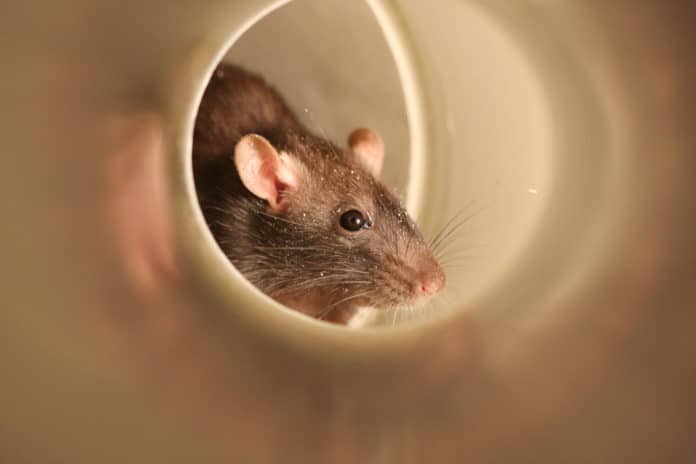“You dirty rat!”
That’s what many Chicago residents are saying after learning that they top the list of the Top 50 Rattiest Cities put together by Orkin.
For the fifth consecutive time, Chicago takes the top spot. New to the Top 10 cities this year are Minneapolis and Atlanta, holding the eighth and tenth spots, respectively.
Dallas-Fort Worth comes in at No. 15, down three slots from last year so those rat terriers must be doing their job.
Orkin ranked metro regions by the number of new rodent treatments performed from September 15, 2018 – September 15, 2019. This ranking includes both residential and commercial treatments.
During the colder months, rodent activity increases as these pests seek shelter in warm areas with readily-available food and water. In fact, the National Pest Management Association (NPMA) states that 24 percent of homeowners report mice infestations specifically in the winter.
“Unfortunately, residential properties offer the ideal habitat for rodents because of access to food and water sources, potential entry points and hiding places,” said Chelle Hartzer, an Orkin entomologist. “A rat can squeeze through an opening as small as a quarter, while a mouse can wedge its way into a hole smaller than a dime.”
The most common rodent pests in the United States are the house mouse, the Norway rat and the roof rat. The first step to controlling an infestation is to properly identify of the types of rodents at your home:
House Mouse: Nest in any area they can find, especially if it is close to their food source.
Norway Rat: Burrow underground and can get in through foundations and openings as small as an inch (24mm). Watch out for scraps of shredded paper or cloth – this may be a sign that Norway rats are nesting in your house.
Roof Rat: Found up high and are great climbers. They nest in trees or rafters of homes.
The good news though, is these threats are manageable and preventable. To help people avoid the potential health and safety risks associated with rodents, Orkin recommends the following tips to help prevent rats and mice in and around the home:
Inspect both inside and outside the home for rodent droppings, burrows and rub marks along baseboards and walls. The more quickly rodents are detected, the better.
Look for possible entry points outside the home and seal cracks and holes if any are found. Install weather strips around entryways, especially under doors, to help block rodents from sneaking inside.
Clean up crumbs and spills as soon as they happen to avoid leaving food residue or sugary substances that can attract rodents. Store food properly by keeping it sealed tightly in rodent-proof containers like plastic bins or metal canisters. Otherwise, rodents may smell food and break into weaker containers.
Cut back trees and bushes to at least three feet away from homes to avoid giving rodents a “jumping off” point to access the gutters, roof or other hidden openings.
The Top 5 Rattiest Cities:
1. Chicago
2. Los Angeles
3. New York
4. Washington, DC
5. San Francisco






